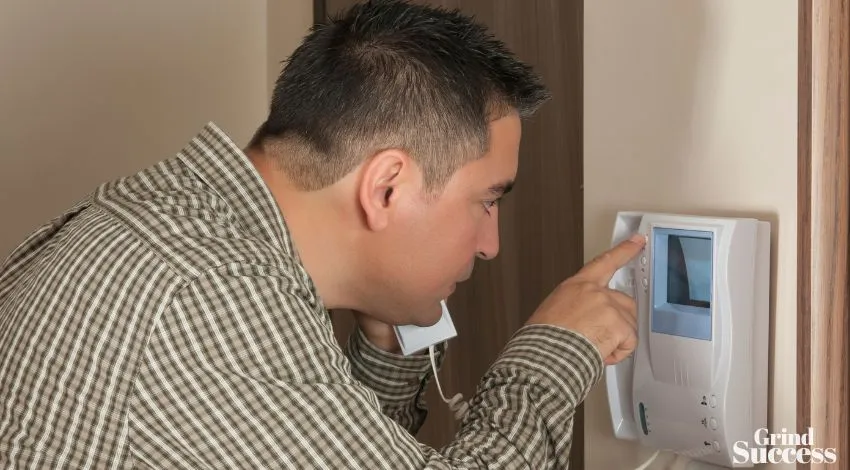Old vs New: The Evolution of Intercom Systems
Intercom systems have transformed dramatically over the years. From basic telephone lines and speed dials to integrated systems of different gadgets and tools, technology has definitely helped improve the way we communicate with each other.
In order to illustrate just how big of a difference new systems make, we’re going to have some aspects of comparison for both the old and new systems.

At the end of this text, hopefully, we can provide you with some justification for why you should definitely consider choosing a wireless intercom system over a traditional one.
Speed and Efficiency
Speed and efficiency are the names of the game when it comes to communication systems. The more information you can pass on in a given amount of time, the more productive your workplace is going to be.
That said, new systems offer faster speed and better efficiency. Traditional systems have lots of delays between each step of the communication process. This could be due to human errors, disorganized calling systems, indirect communication, etc.
In contrast, wireless intercom systems are much more refined. Software automation is there to reduce the chances of error, information is all integrated in one system, and most forms of wireless intercom provide a direct and uninterrupted line between the parties.
Modern intercom systems have played a major role in streamlining communication in the workplace and have been key to the success of many firms over the years.
Ease of Installation
Traditional wired systems also tend to require more planning and work. For example, buildings must be constructed with provisions for telephone lines, outlets, and boxes for all the components needed. Since modern buildings with newer designs are already skipping this feature, it might be difficult to install a wired communication system.
In contrast, wireless intercom systems, from the name itself, can be easily placed anywhere within the facility because there is no need to plan ahead for the wiring and other schematics.
As long as the devices have a relatively good connection between them, either through bluetooth, WiFi, radio signal, or whatever the case may be, you could expect this system to work flawlessly without any fuss.
This option is perfect if you are working with a building that is relatively barebones and you don’t want to spend that extra money on added construction work.
Scalability
One added advantage of wireless intercom systems is that you can easily scale up your operations. Unlike wired systems that you have to build from the ground up, wireless intercom systems can be conveniently transferred or synced with your current setup.
For example, say your company plans to expand your building or open a new branch elsewhere. Instead of having to reinstall wires all over again, you could just easily install the different components like cameras, electronic locks, and microphones then sync them directly to your current system.
This works because a wireless intercom system is predominantly cloud-based, which means that you can operate everything remotely through the internet.
Even if the managers themselves are not in the building, they could still have access to all the features of the system, such as locking/opening doors, calling employees, tracking visitor data, or conducting video conferences.
Overall Cost
If we’re just considering the initial cost of old vs new systems, of course, the new systems would require more resources to acquire. This is because modern systems have more features, better reliability, and can be updated for the years to come.
However, if we take a look at this investment as a whole, it would make much more sense to go with a wireless system. Traditional wired systems require more maintenance because you have to regularly check wiring, diagnose problems, and replace worn-out components.
In contrast, wireless systems are generally maintenance-free and you can easily install software updates if new patches are released. Therefore, you avoid having to spend money on maintenance and repair, which then reduces the overall cost of the system.
